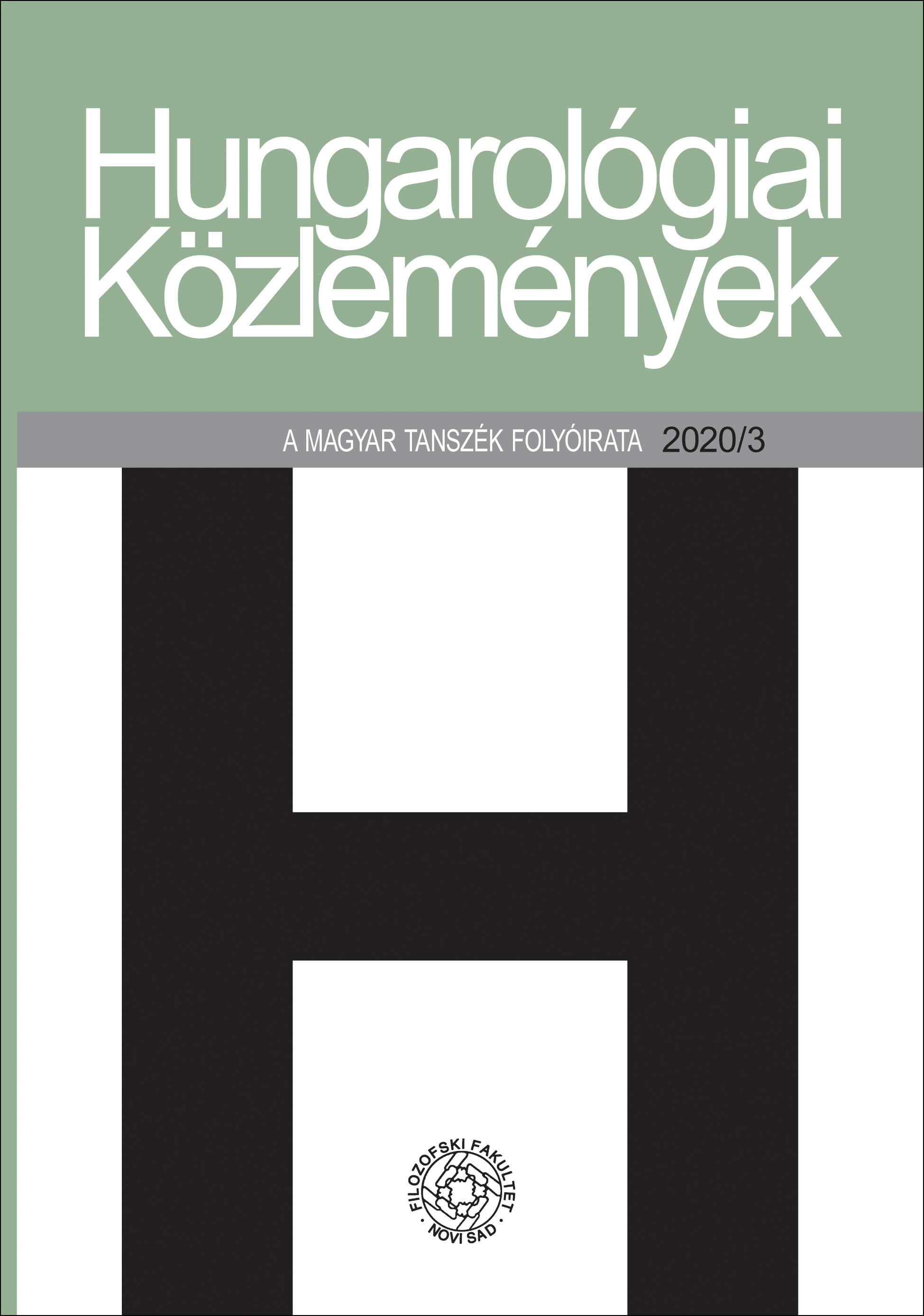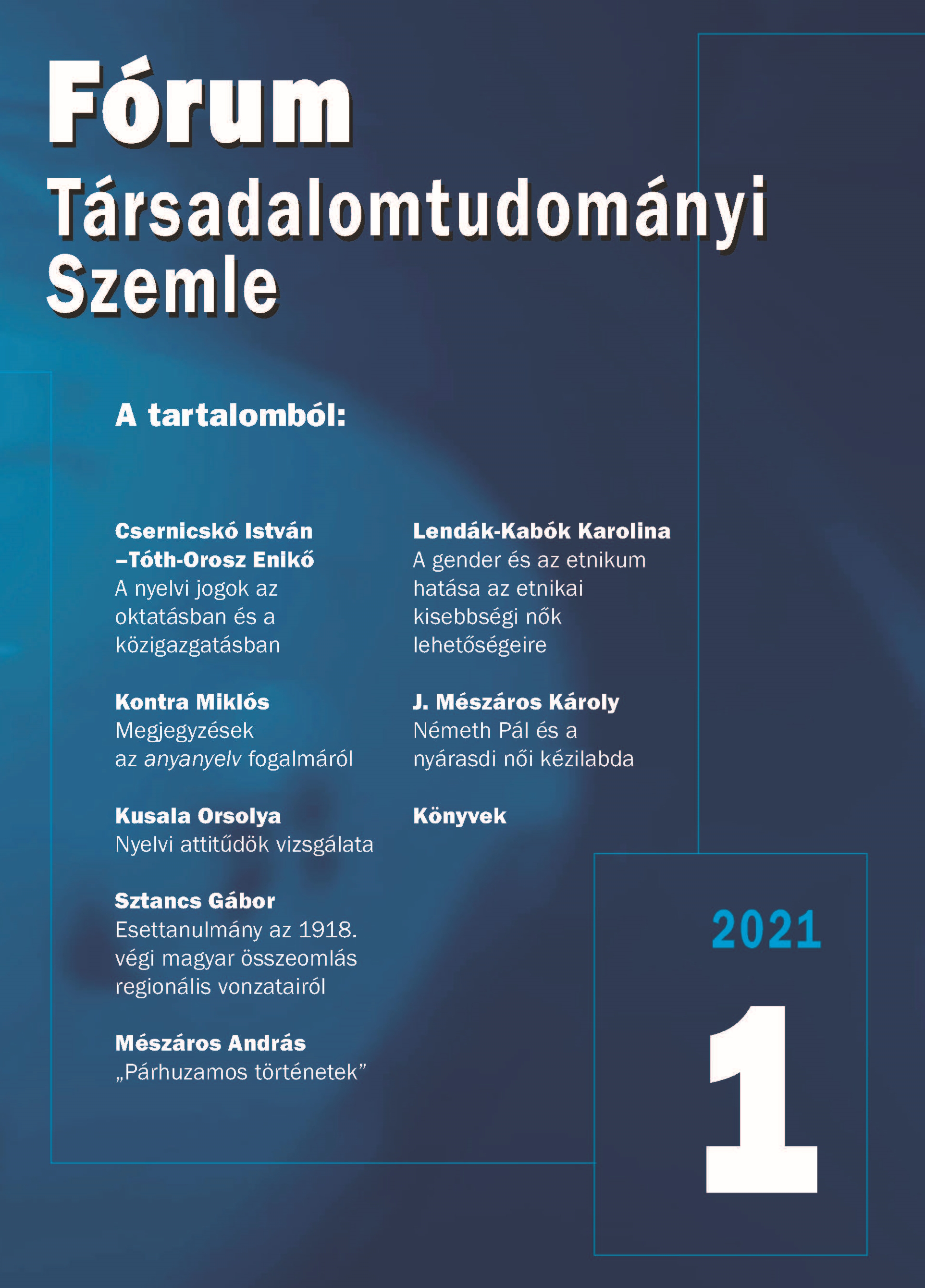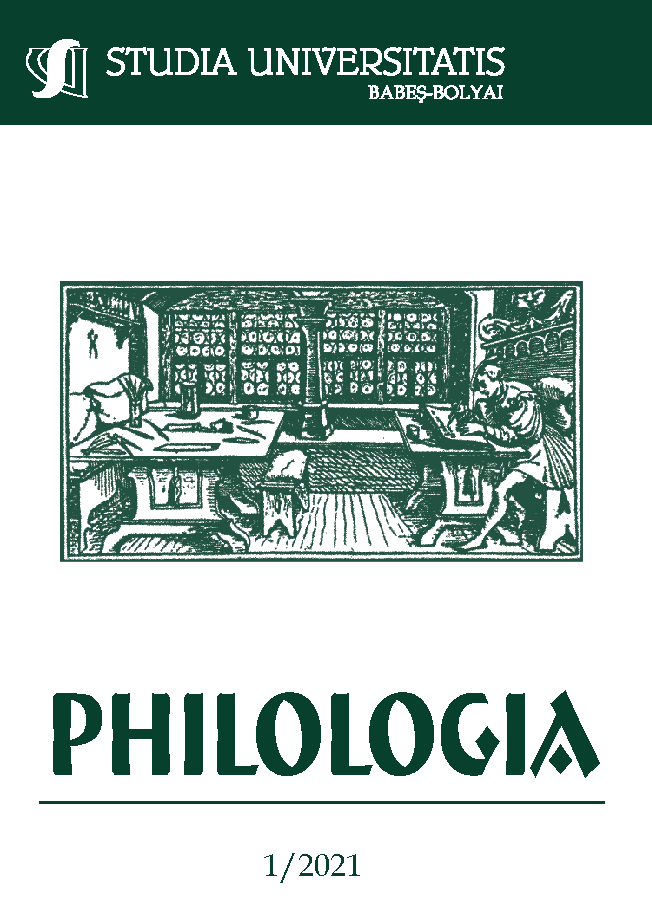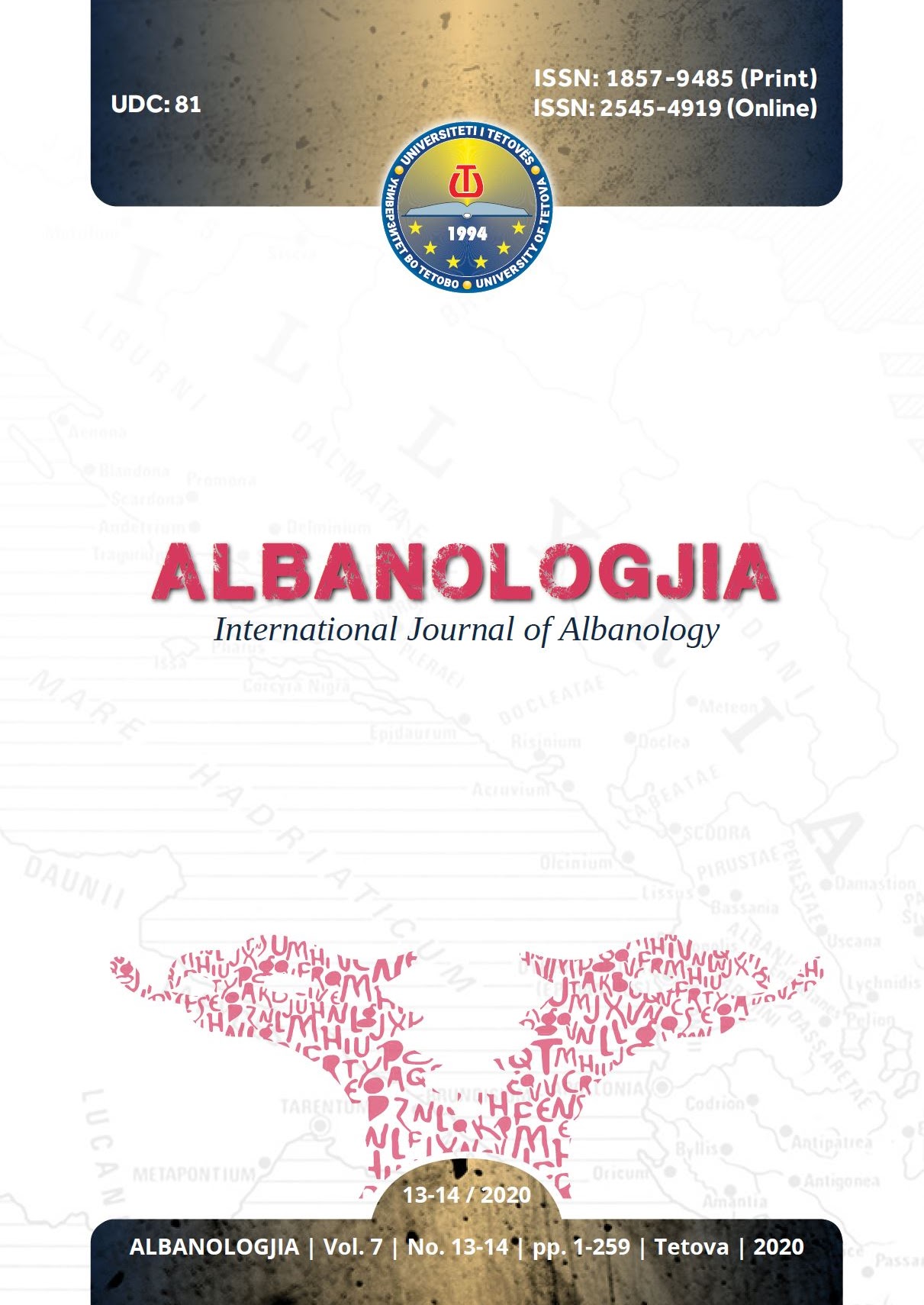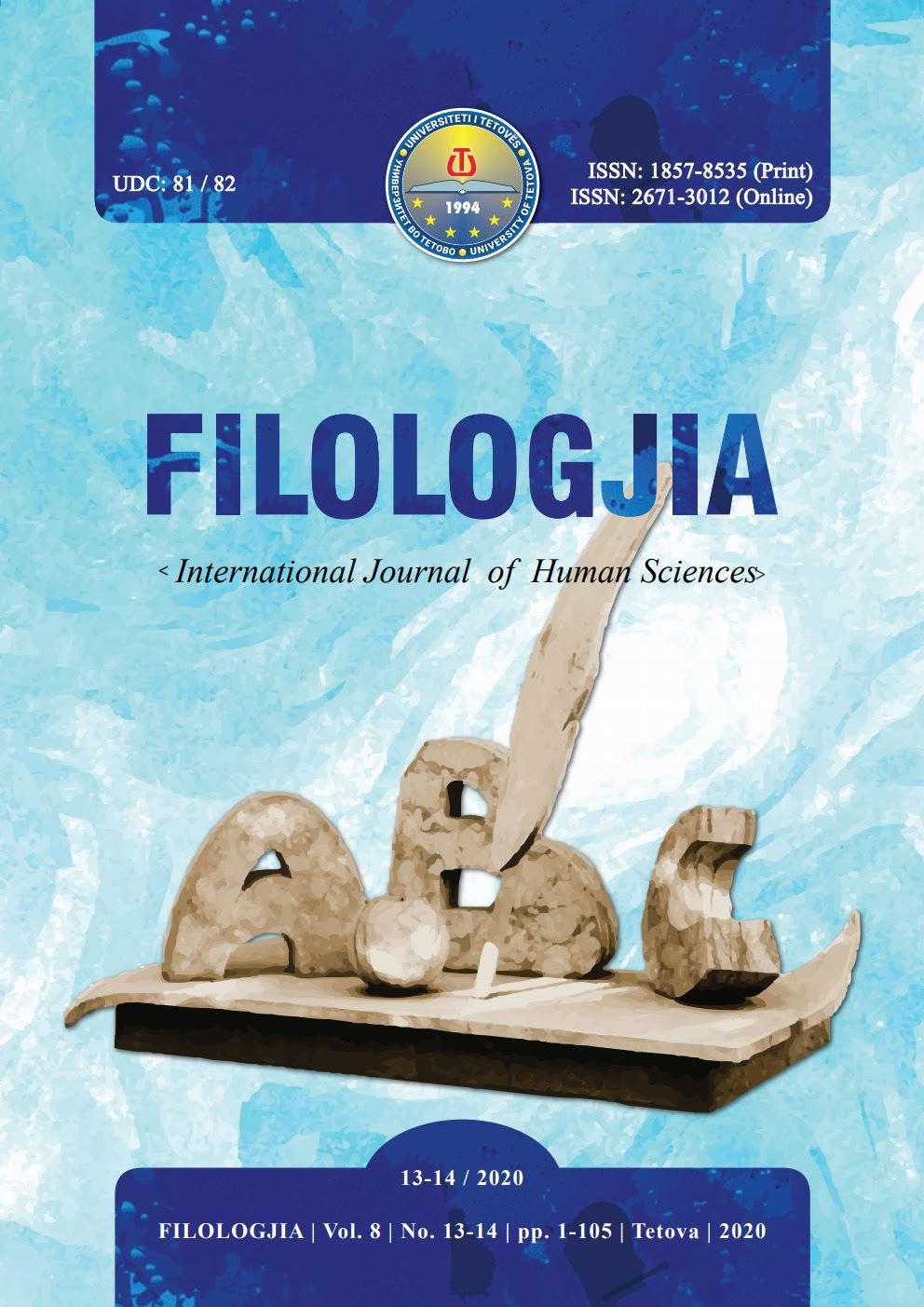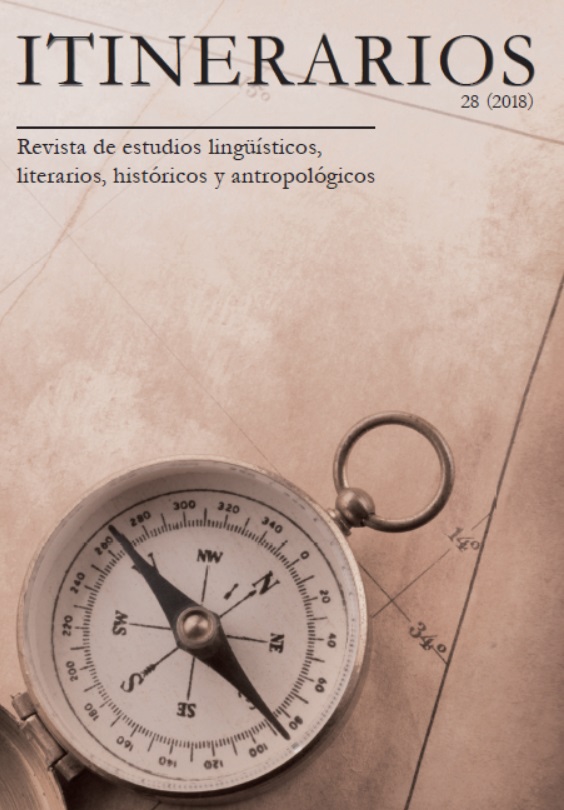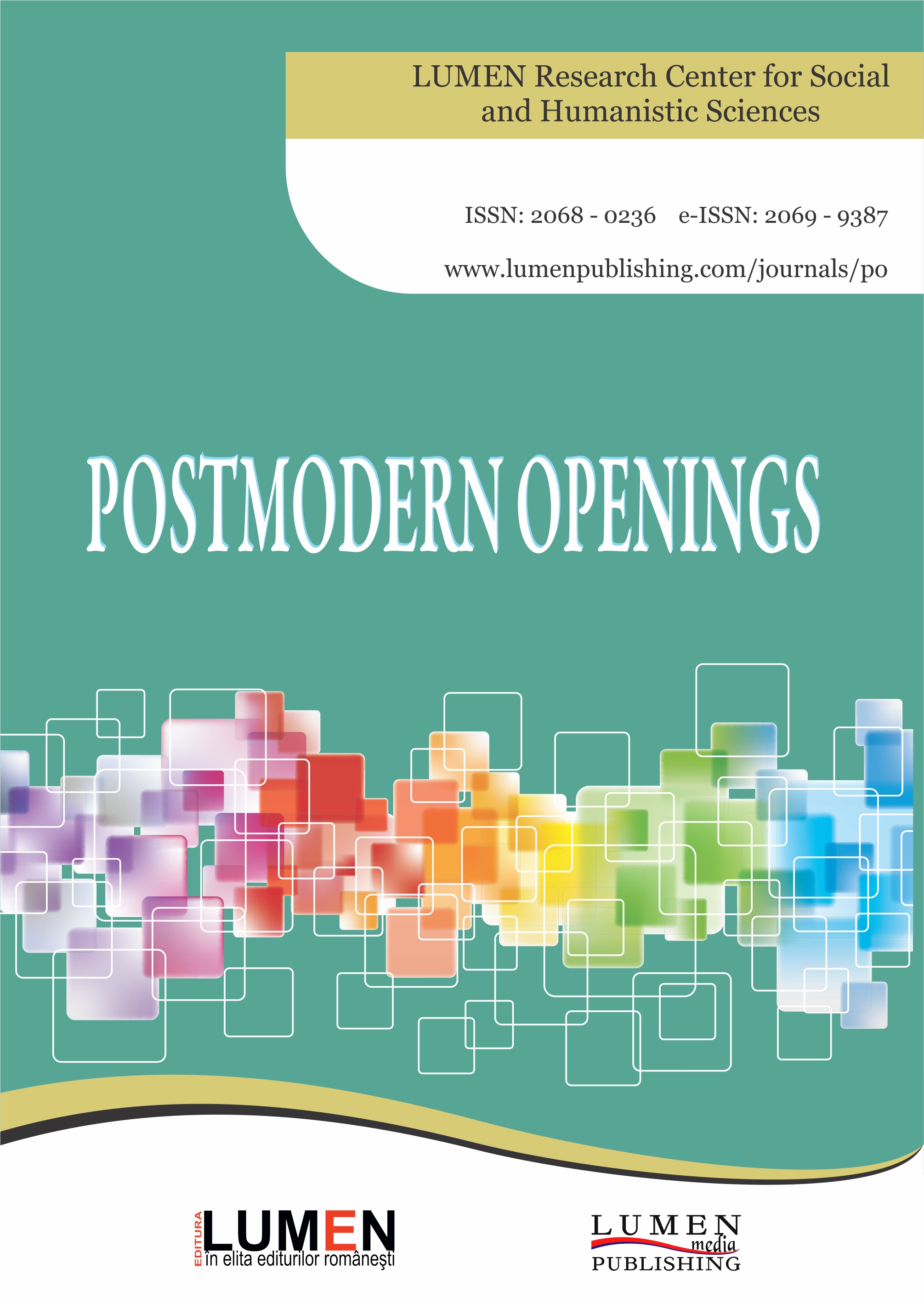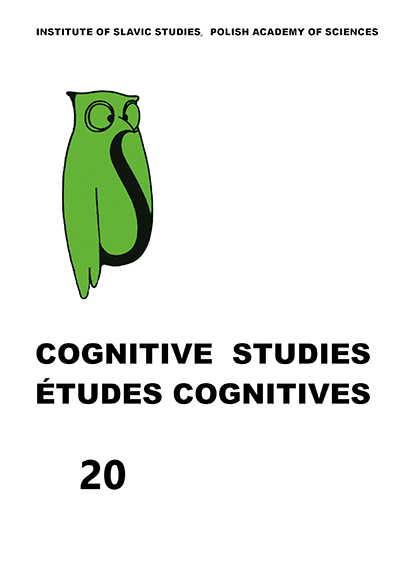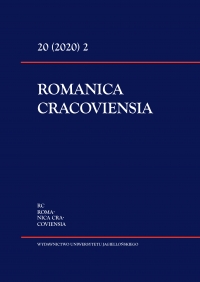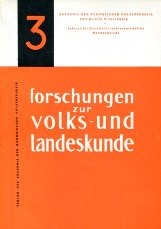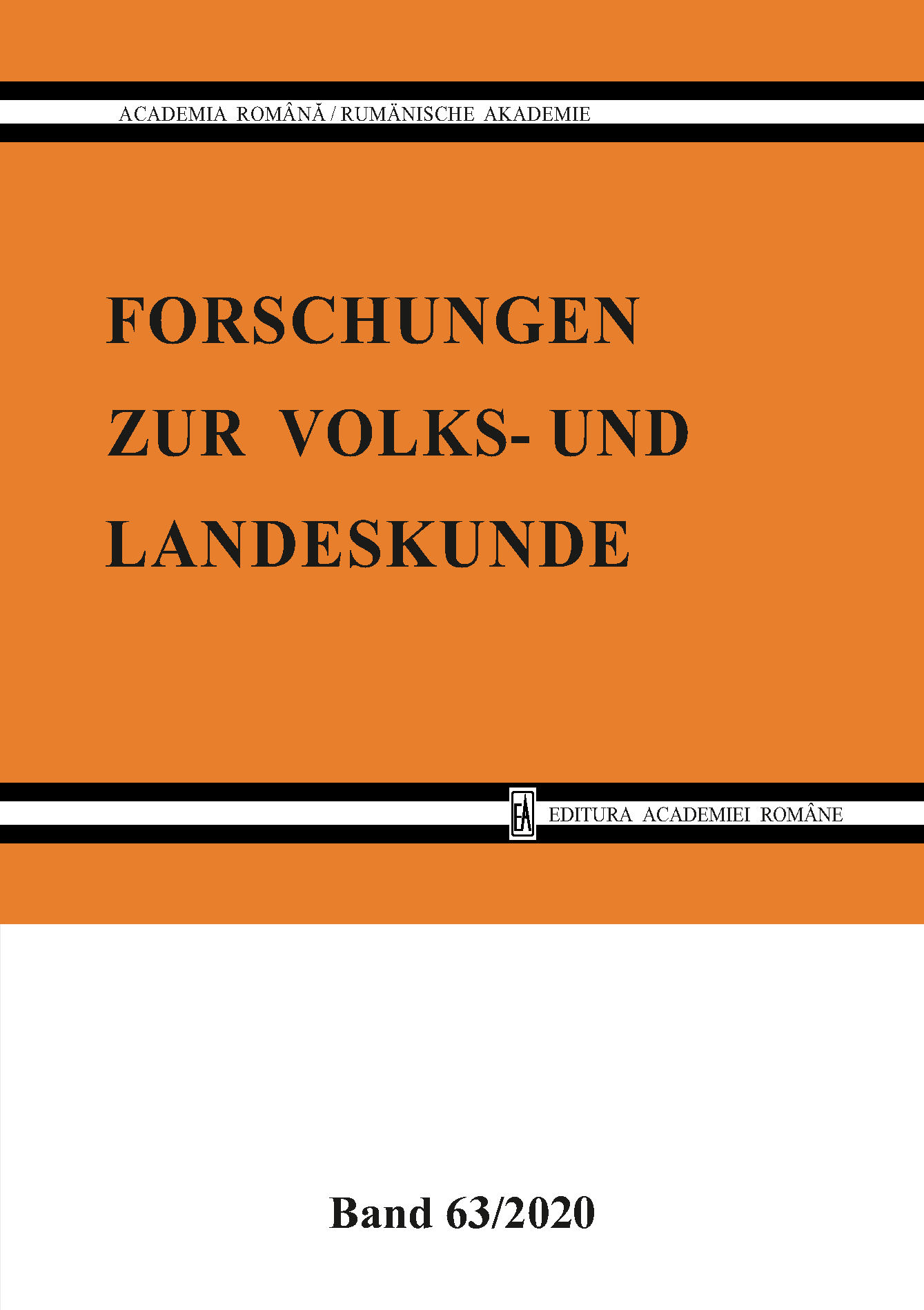
ZU DEN BEIDEN LEHNWÖRTERN UNGARISCHER HERKUNFT: „MUƏSƏR“ UND „KATNƏR“
Both loan words of Hungarian origin „Muǝsǝr“ and „Katnǝr“ are mentioned in culture historical documents of interest, excerpted from Transylvanian documentary sources from the 17th and 18th centuries. These significant vernacular documents of the Transylvanian-Saxon language show both the concrete and the figurative meanings of the analyzed loan words. Additionally, prepositional constructions relating to military service are covered in detail. Finally, both loan words are documented to be determiners in hybrid formations for naming flowers, as well as adjectives used to determine flowers more closely. The selected vernacular records are taken from the Transylvanian-Saxon Dictionary Archive and from Transylvanian-Saxon vernacular literature as well.
More...
